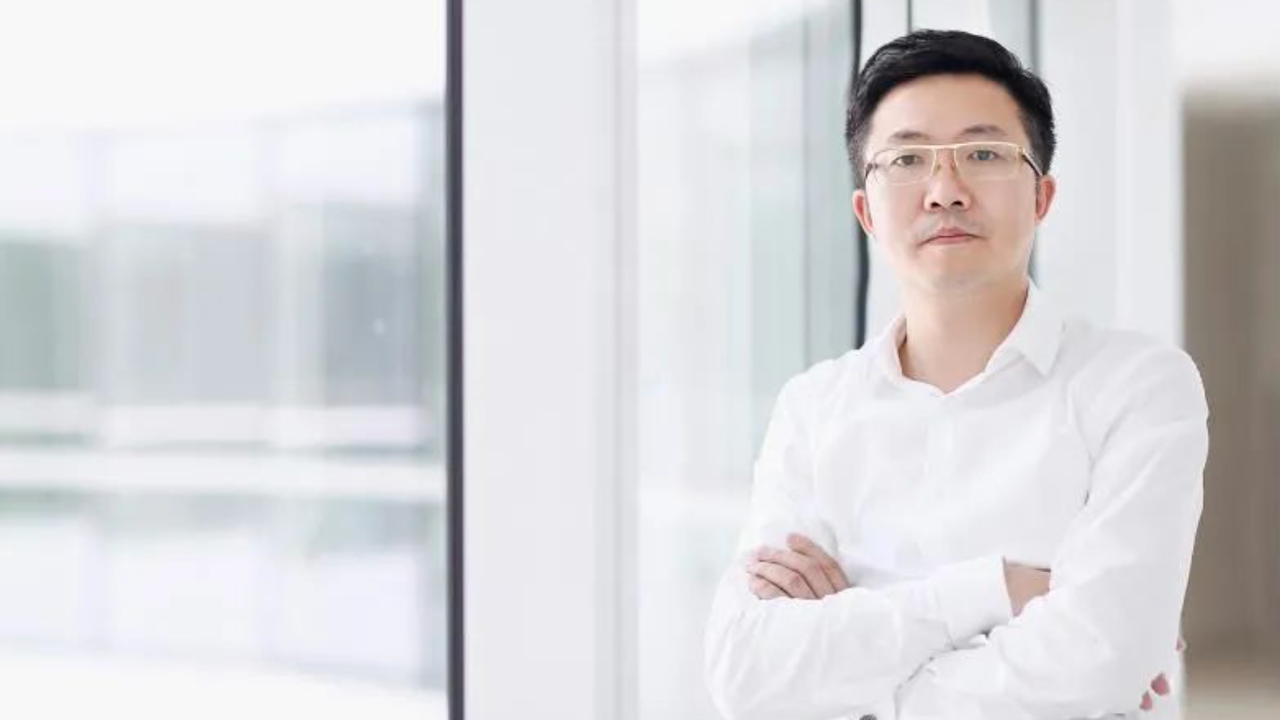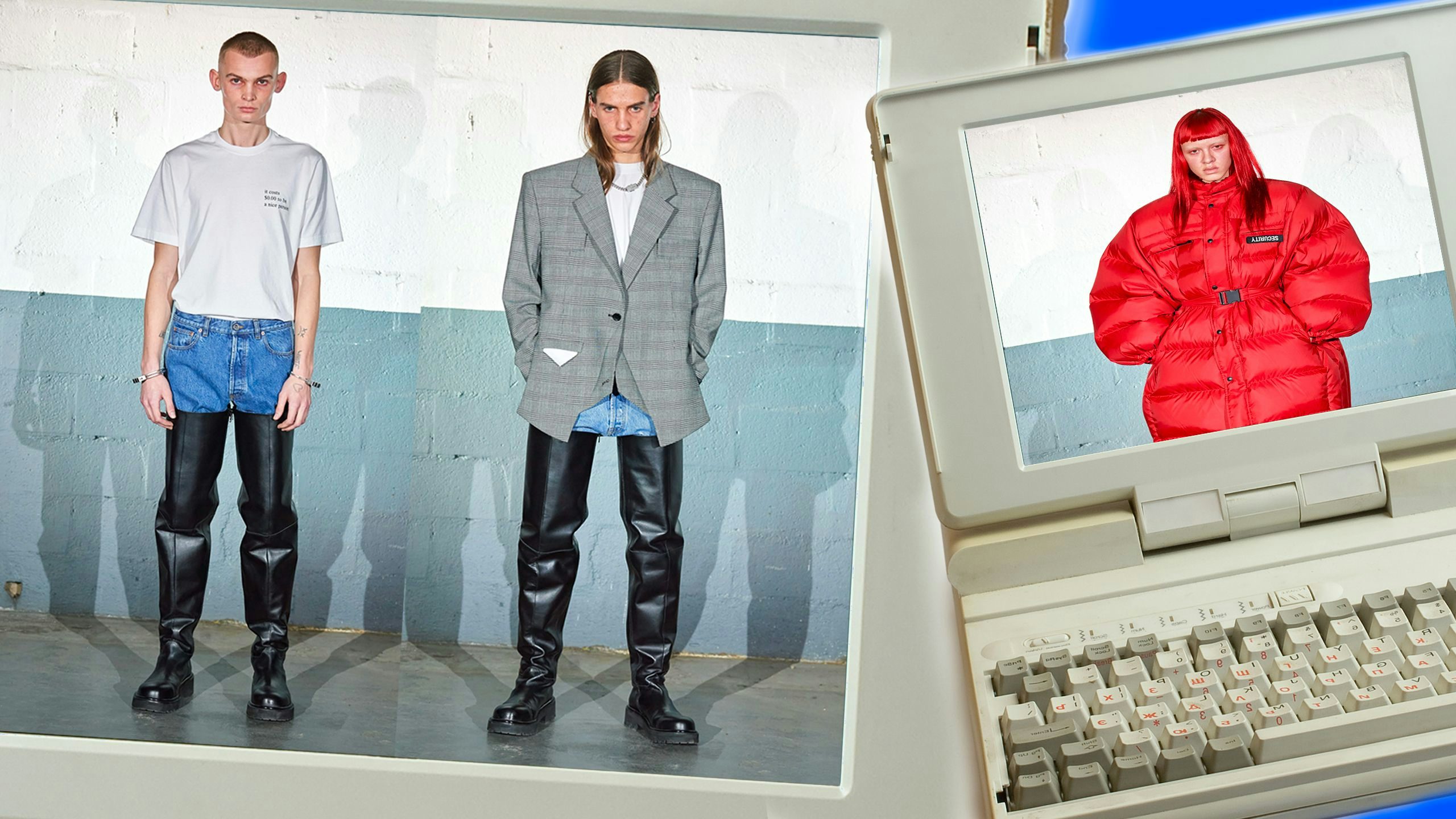Among the many guests at fashion events that dress head-to-toe in esteemed luxury labels, Secoo’s founder and CEO, Li Rixue, stands out in his formal business attire. It’s clear he isn’t in the luxury business for the glamour; he would rather spend his time studying fashion consumer behavior and the psychology behind their purchases.
Thanks to this unique dedication, he’s managed to turn Secoo from a luxury goods authentication store into a Nasdaq-listed company specializing in high-end lifestyle products in just 12 years. Over this time, Secoo received investment money from JD.com (the investment arm of LVMH and L Catterton Asia) and soon began working with established luxury players like Prada, Stella McCartney, Valentino, Lanvin, and more.
It’s a company business model that has adapted quickly to follow the evolution of consumer demand in China. Li first ventured into the e-commerce business in 1998 when large household appliances were considered luxury items in China. Later, when Alibaba was still being accused of selling counterfeits, he moved into luxury authentication services. As Chinese consumers started demanding more premium lifestyles, he expanded his company’s product categories into the fields of luxury travel, home life, food and wine, catering, and more with the hope of offering a one-stop service to the country’s high-end population.
Speaking with Jing Daily, Li proved to be a man of a few words and was quick to make his points. He summarized what makes Secoo unique by claiming that “our consumers are the most accurately targeted and capable of spending. They also understand the pursuit of quality of life. Platforms from overseas often have a hard time localizing and reaching these consumers in China, so we have a competitive advantage.”
According to Li, Secoo is not competing against other e-commerce players, because they “aim to redefine luxury goods, not in the physical sense, but as a lifestyle.” But the COVID-19 outbreak brought unexpected changes for Secoo and Li, who said, “I never really have dinner at home, but now I do it much more — but still work more than ten hours a day.” The company has shifted its priorities toward livestreaming their brands, who now have to try and make up for the sudden loss of offline retail channels. Since the beginning of the outbreak, Secoo opened up their livestream channel to shopping malls, flagship stores, and buyer stores, while helping them with technological and operational support. Livestreaming allows the brand to draw in consumers from a store or warehouse and authenticate luxury goods live with a brand representative.
Concerning the company’s long-term future, Li wants to further export Secoo internationally because of the ever-growing consumer demand and global supply chain. In fact, this has been a priority for the company since 2013.
You have been an entrepreneur since 1998 and officially stepped into the luxury e-commerce industry in 2008. What made you turn to the luxury and fashion industry?#
I started my own business selling home appliances in 1998. In that era, large household appliances were luxury items for every Chinese family. Later in 2006, I stepped into the internet industry and founded a platform for the evaluation and pricing of second-hand goods and naturally transitioned into the luxury goods industry afterward. In 2008, we founded Secoo, the website that specializes in trading luxury goods. However, we position ourselves not only around the selling of luxury products but also providing a lifestyle platform for high-end customers.
What’s the biggest challenge and the biggest opportunity in trying to make luxury digitally accessible in China?#
Luxury consumption in China has increased by more than 30 percent every year, pointing to a trillion-dollar market in the future. Currently, 40 percent of the world's luxury goods are consumed by Chinese customers, but the online sales rate is less than 8 percent. There’s a lot of potential in the online trade of luxury goods.
Also, many customers in China haven’t been exposed to the habit of luxury consumption, which suggests substantial room for growth. We are currently facing the challenge of leading luxury brands accepting and embracing the idea of trading luxury goods through an online platform in China. Most overseas-based luxury brands have a limited understanding of the Chinese market, so it takes a long time to cooperate [with them] in online sales.
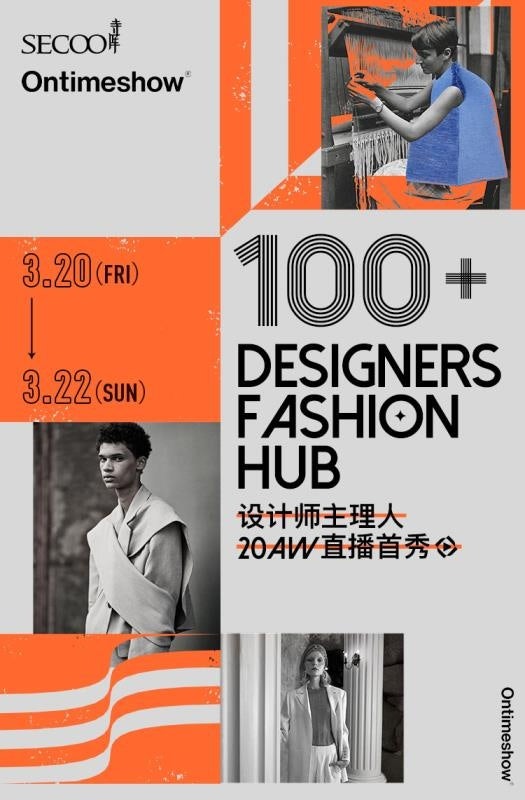
How have you watched your industry change while building Secoo, and how did Secoo adjust its strategy?#
We catered to technological trends by adapting and incorporating evolving technology into our business model. For example, because of the pandemic, Secoo has focused on developing live broadcasting and has altered our app into a real-time live broadcasting channel. This change translates into excellent results.
We are actively responding to the trends of consumer demand. As an e-commerce website, Secoo pays close attention to target audience changes and how those changes impact consumer behavior. For example, we continue to expand the category to cover the needs of different consumers, and our recently launched flash delivery ensures that customers will receive their orders as soon as possible.
[We will also] continue to embrace the trend of globalization. The luxury goods industry has a unified standard around the globe. As a Chinese company, Secoo focuses on building global supply chain systems in the United States, Italy, Malaysia, Japan, and Hong Kong. The stable supply chains, warehouses, and logistics systems support our company’s steady expansion.
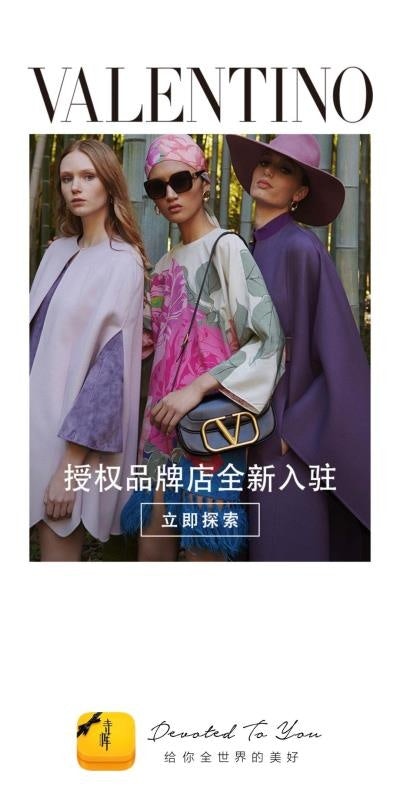
What is the biggest challenge for luxury brands wanting to succeed in the China market?#
We are trying to solve the challenge of distinguishing authentic products from fakes through our evaluation center and an artificial intelligent identification mechanism. Users now have stricter requirements on product quality and product categories. [We want to] introduce more products and services that meet the localized needs of Chinese consumers.
Where were you when you first heard about the virus outbreak? What were your initial thoughts and feelings?#
I learned about Coronavirus in the middle of January, and my first instinct was to guarantee the safety of employees. We instantly contacted foreign suppliers for supplies of tens of thousands of masks and other protective equipment. We also closely evaluated and assessed the impact on logistics and supply chains, as well as the impact of the epidemic as it evolved. This was a great challenge for enterprises and an opportunity.
The virus has facilitated the development of livestreaming, which is particularly suitable for presenting luxury goods. We have changed our strategy and put more effort into the development of live broadcast e-commerce, mobilizing our suppliers to enter the live broadcast arena as well. We have also accelerated the development of flash delivery to meet the urgent needs of users.
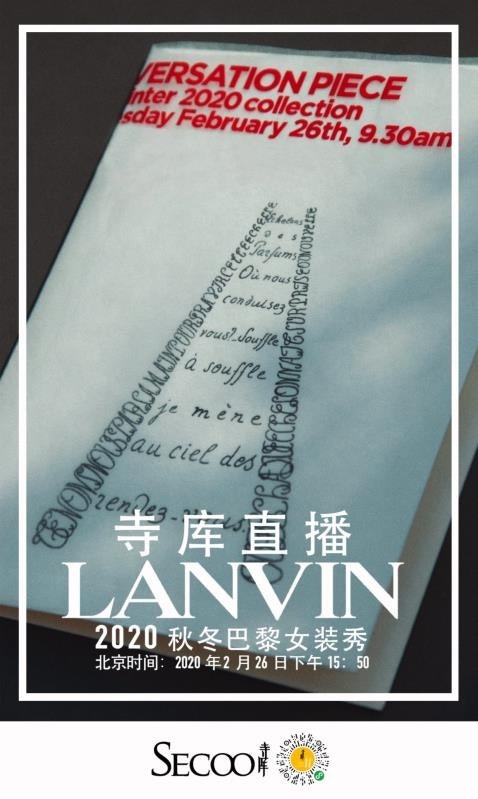
How did Secoo react to the virus? Can you talk a little about Secoo’s innovations with livestreaming during the outbreak?#
Live e-commerce broadcasting is our major focus, and a large part of the company's resources are invested in creating a live broadcast business model. We also opened a live broadcast for luxury brands. Live broadcasting promotes the brand image and exhibits a brand's stylistic themes to the audience. Therefore, it has become a popular choice for building a brand image. We also started a live broadcast of physical stores, meaning, we send an anchor directly to a warehouse or the supplier’s stores and use a live broadcast platform to help them sell goods. Users are very satisfied with the live broadcast e-commerce platform because they can see the product live on the model. Secoo is constantly improving its livestreaming by polishing the technology, which will further improve the user experience.
What’s one important takeaway from your entrepreneurial career?#
My entrepreneurial experience has taught me that you should firmly believe in yourself and stay on your path.
What’s your advice to fashion entrepreneurs?#
Find the correct entry point and never give up.
Translation: Haiqing Zhang
